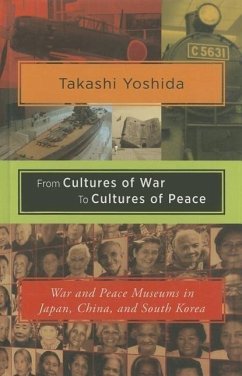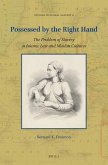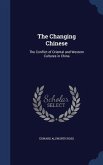Takashi Yoshida provides a historical analysis of war and peace museums from the late nineteenth century to the present and traces the historical development of a pacifist discourse in postwar Japan that centered on Japan's war crimes and responsibility during the so-called Fifteen Year War, which began in 1931 with Japan's invasion of Manchuria and ended in 1945 with the nation's defeat. Prior to the defeat, a culture of war gripped the Japanese empire. Every segment of Japanese popular culture during the war bore witness to the flood of patriotism. In this book Yoshida attempts to demonstrate that the acceptance of Japanese wartime aggression and atrocities as historical facts remains evident to this day in the culture of peace museums in Japan. Those who have little knowledge of contemporary Japan often hastily conclude that the Japanese have been united and monolithic in the way they feel the war should be remembered. This book seeks to challenge that assumption.








